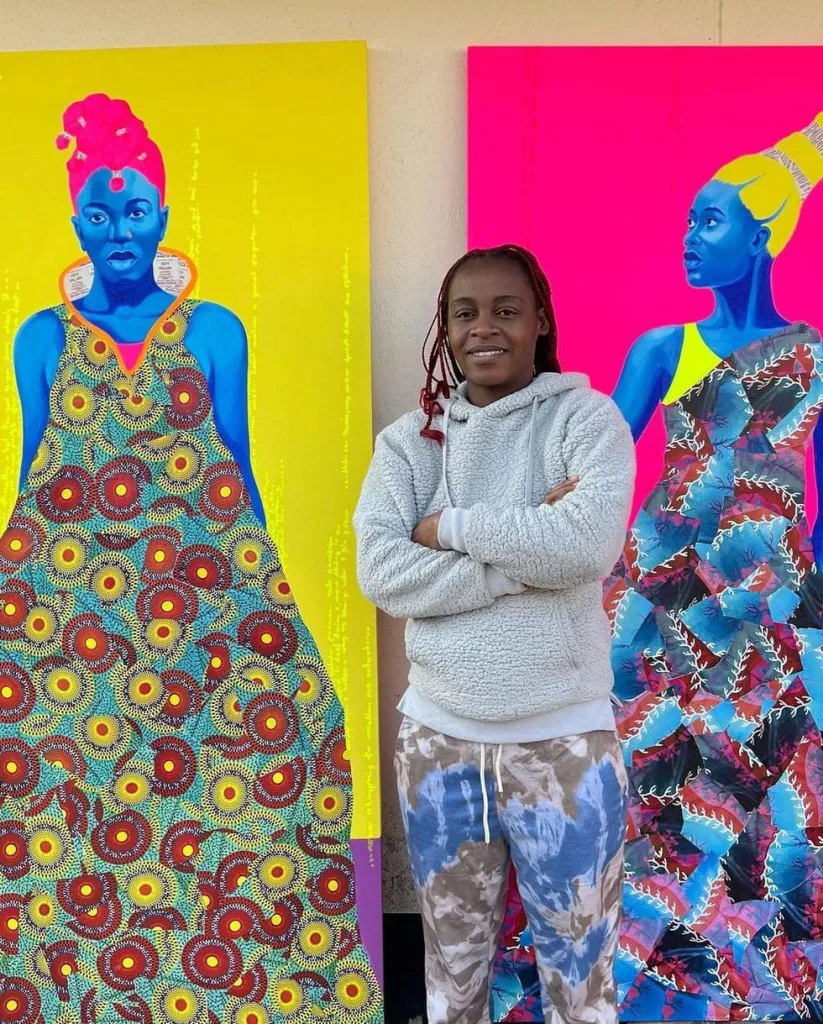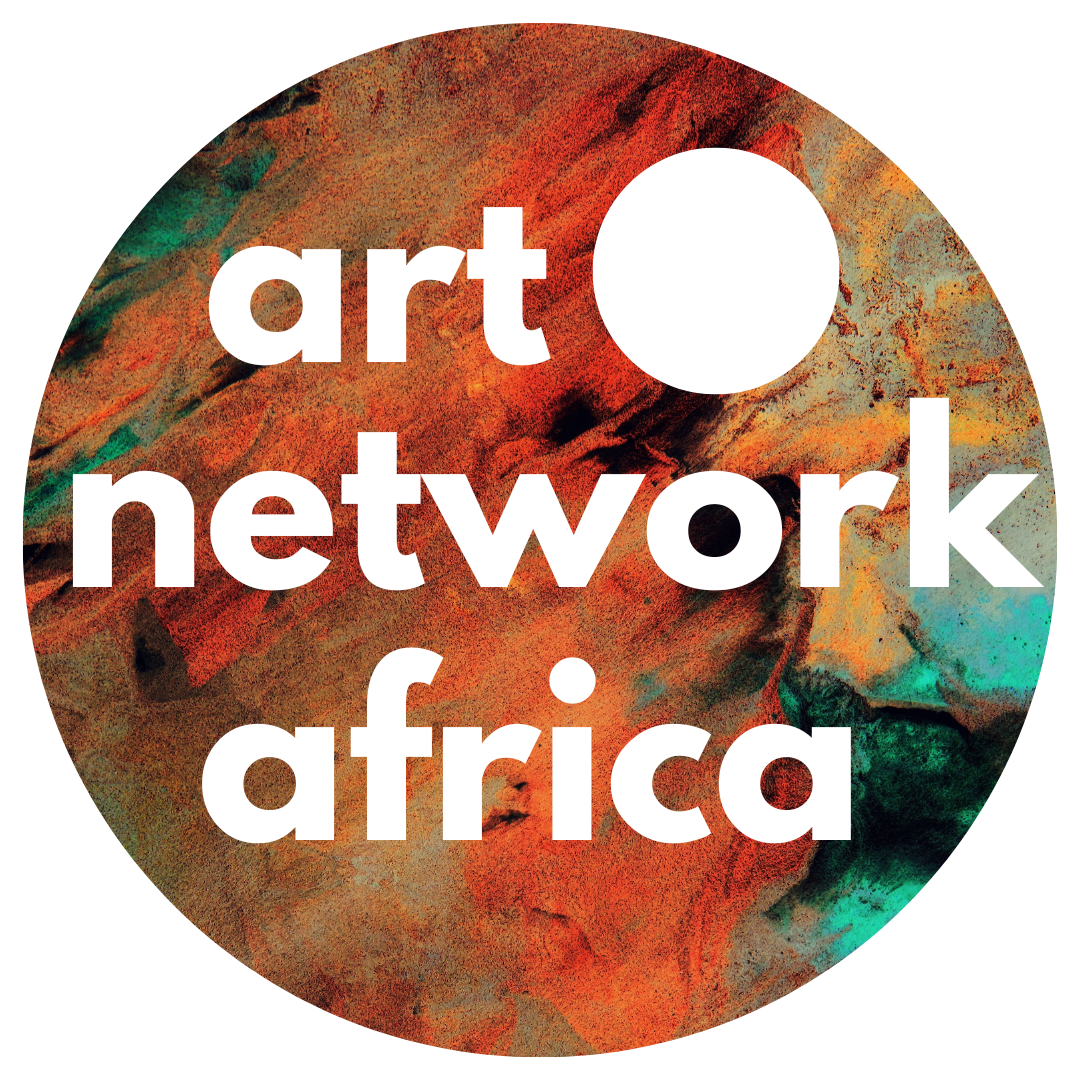Prudence Chimutuwah presents The Artist’s Journey, a compelling documentary celebrating her work.
On the 29th of June 2025, a powerful moment for Zimbabwean contemporary art unfolded at the screening of Prudence Chimutuwah: The Artist’s Journey, a new documentary celebrating the work of one of the country’s most compelling young artists. The screening was more than just an artistic event, it was a cultural milestone, signalling the importance of documenting and archiving the stories of our creatives in their own voices.

This documentary, produced with care and insight, is part of a much-needed shift in the way we perceive and preserve Zimbabwean art. Despite a rich and vibrant visual arts tradition, from the global acclaim of Shona sculpture to the politically charged canvases of post-independence painters, Zimbabwe’s efforts at archiving and celebrating this legacy have been limited and inconsistent. This Prudence Chimutuwah film, however, marks a vital beginning.
The earliest known high-quality, professionally produced documentary on Zimbabwean contemporary art remains Talking Stone: The Art of Shona Sculpture, a film that dates back to the 1990s. This internationally acclaimed work presents the depth and philosophy behind Shona sculpture, yet even this foundational piece is scarcely known within Zimbabwe itself as public broadcasters are yet to obtain the rights to screen such documentaries nationally.

Documentaries of a nation’s visual arts sector are not a luxury but a necessity for a nation’s cultural health as they serve as time capsules, educational tools and promotional materials that introduce local artists to global audiences. The recent publications Five Bob and Zimbabwe Art: Mini Edition (2017) have made commendable efforts in print, yet the digital and audiovisual archives remain dangerously thin. In the age of AI and rapidly evolving digital tools, artists themselves bear the responsibility to take the lead to document studio processes, exhibitions, milestones and the socio-political contexts in which they work. This way Zimbabwe itself gets a hold of its own stories.


